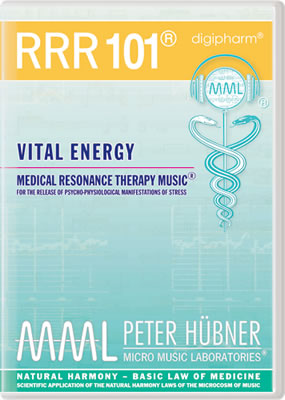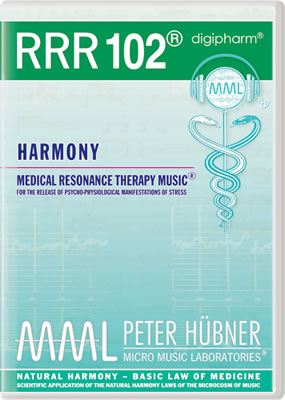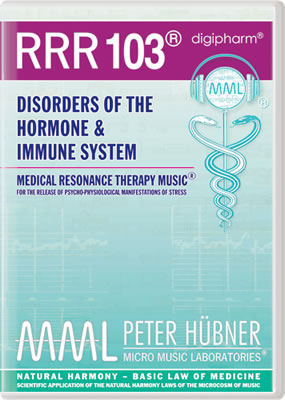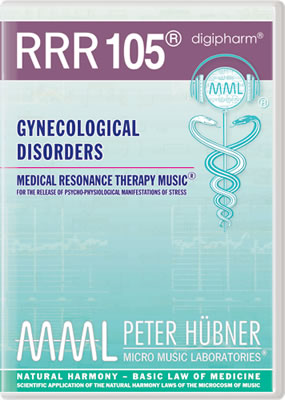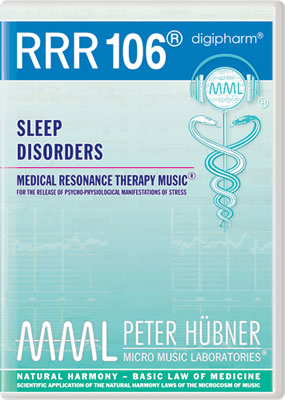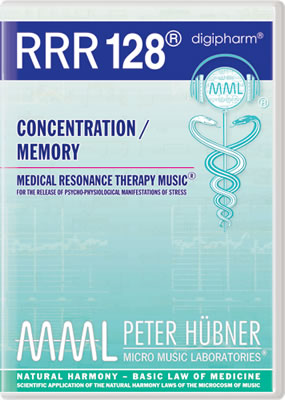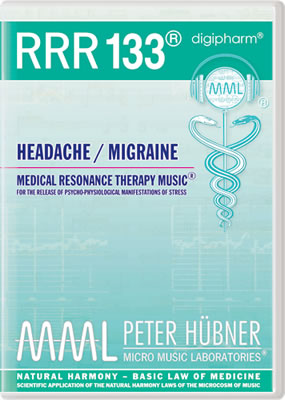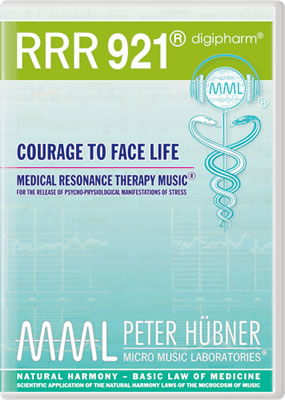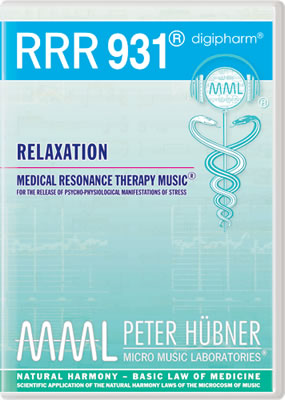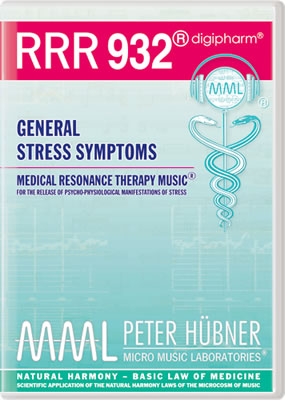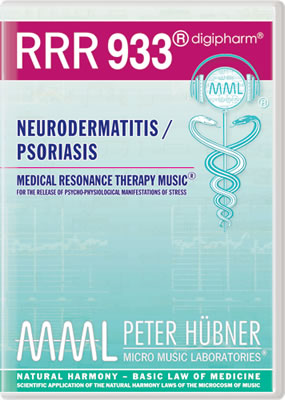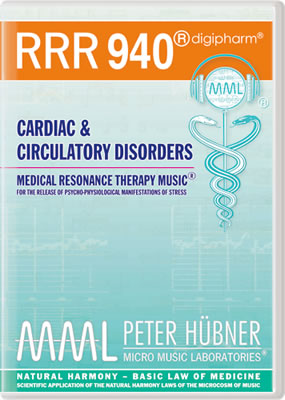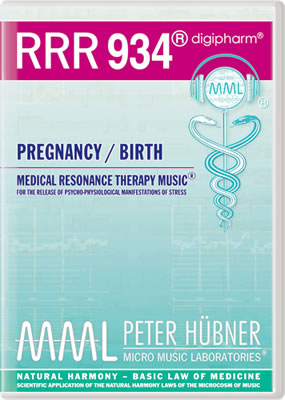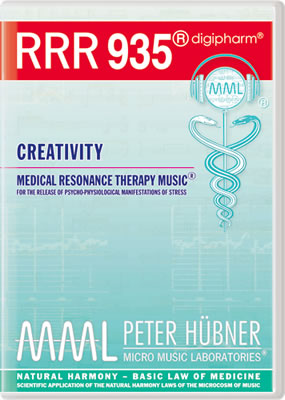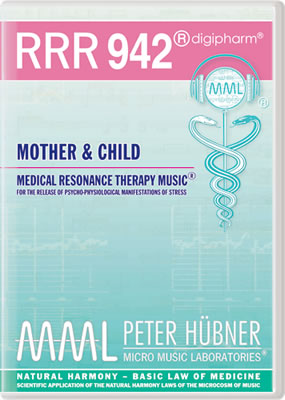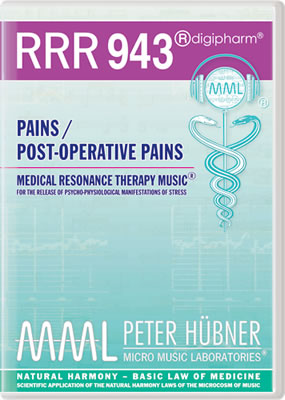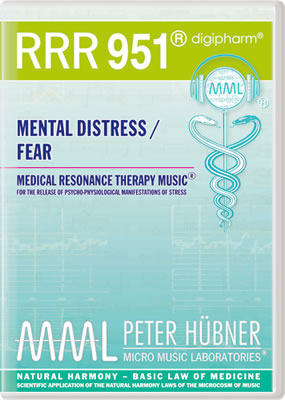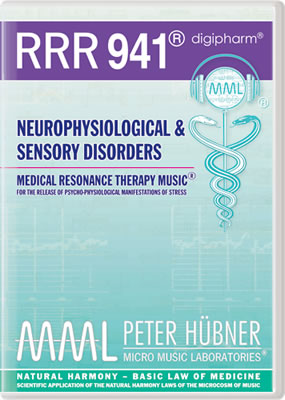|
Scientific Music Medicine |
| Home • Site Map • Research • Reports • Intern. Experts • Music Preparations • Fundamentals • Store • Contact |

| The Special Status of the Ear in the Organism |
|||
1. |
Our ear is the first organ to develop to its full size and become fully functional – approx. 18 weeks after conception, our ear is ‘ready’.
|
||
2. |
Our ear is the first sensory organ to begin working – from the 8th week of life. We began to hear whilst we were still in our mother’s womb – and at 18 weeks our hearing capability was fully developed. |
||
3. |
In order for our nerves to be fully operational, our organism surrounds them with a layer of myelin – the auditory nerve is the first to receive this layer of myelin. |
||
4. |
The ear is not only the first sensory organ to start working – it is generally also the last sensory organ to cease functioning. For this reason, it also plays an important part in the determination of brain death: when various brain centres have already ceased to react to the relevant stimulation, the brain usually continues to react to stimulation of the auditory nerve. Therefore, the response to stimulation of the auditory nerve is an important criterion in the determination of brain death. |
||
5. |
Our ear is the brain’s greatest supplier of sensory energy and, as such, is probably the greatest changer of our brain’s electrical activity. Our ears, our skin, our eyes, our mouth, and our nose constantly receive sensory stimulation from our surroundings which they then convert into electrical impulses in their sensory cells and pass on to our brain. Thus, in our brain, no sound, no touch, no pictures, no taste and no smells are encountered, just electrical impulses which only become our sensory experiences through multifarious processing steps taking place in our brain. In this way, our brain receives a constant flow of bioelectrical energy from our sensory organs, without which it is unable to function correctly. As to how much energy each of the five sensory organs supplies, medicine science now provides the following amazing answer: of 100% of the sensory energy which enters the brain, 80-90% is supplied by the ear! As such, our ear is probably the greatest changer of our brain’s electrical activity – the central administration of our entire organism. |
||
6. |
Our ear has a definitive role in the construction of our brain. However, the sensory organs do not only supply our brain with energy, but the electrical impulses produced by them also work themselves in our brain, in that they play a definitive role in deciding in which way our brain cells link up or ‘switch’, so that the necessary circuits required for the exchange of data and the management of the infinite number of processes within our human organism are created. So what does our ear, that has been sending electrical impulses to the brain since our 8th week of life, have a hand in building? Some medical experts suspect that it controls the entire maturation of our brain. It is, however, certain that it definitively has a determining influence on how each of those areas of our brain develop which control our feelings, our understanding, our speech and our movements. So our ear plays an active part in the most important areas of our brain. |
||
7. |
Our ear controls all of our organism’s muscular activity, and plays a part in the distribution of tension and relaxation. In the regulating circuit of the movement processes, the brain gives the order to the muscles to move and when they are carrying out these orders, the muscles are controlled by the organ of balance in the ear. In this way our ear also determines our body’s tension profile – that is the distribution of the different states of tension and relaxation in the different parts of our body. |
||
8. |
Our ear influences the control of our organism’s thermal balance. The flow of blood of our tympanic membrane is supplied by a blood circulation which is directly connected to our organism's thermal regulation centre in the brain. Studies with Medical Resonance Therapy Music® have now revealed that certain music structures can decisively change the thermal regulation. Thermal regulation, however, has a significant influence on overcoming illnesses, as is familiar to us with fevers, for example. |
||
9. |
Our ear is directly connected via nerve channels with many important organs. Neural management of our ear concha or flap and our tympanic membrane is largely effected by the 10th cerebral nerve, the so-called vagus nerve. This nerve is also connected, as an important neural manager, with the larynx, the bronchi, the heart, the stomach, the pancreas, the liver, the kidneys, the intestines, and the solar plexus. It also has a definitive role in triggering physiological stress reactions. Thus, via the vagus nerve, our ear has access to transmission lines to important organs in our body, and exerts a direct influence on the regulation of stress. Traditional Chinese medicine teaches that there are connections within the ear to all areas of the body. Here are just a few of the most important parts of the body which are accessed by ear-acupuncture: the top of the skull, back of the head, forehead, eyes, ears, nose, neck, cervical vertebrae, clavicle, chest, heart, lungs, stomach, kidneys, liver, large intestine, genitals, urinary tracts, hip joints, buttocks, knee joints, joints of the foot and cartilaginous tissue in various parts of the body. |
||
|
NEWS “Studies with Medical Resonance Therapy Music® have now revealed that certain music structures can decisively change the thermal regulation. Thermal regulation, however, has a significant influence on overcoming illnesses, as is familiar to us with fevers, for example.” |
|||
If you like to look at the complete programs, |
With kind permission of AAR EDITION INTERNATIONAL
© 1998- SCIENTIFIC MUSIC MEDICINE | Contact
Subject to change in the interests of scientific advancement.
© 1998- SCIENTIFIC MUSIC MEDICINE | Contact
Subject to change in the interests of scientific advancement.
